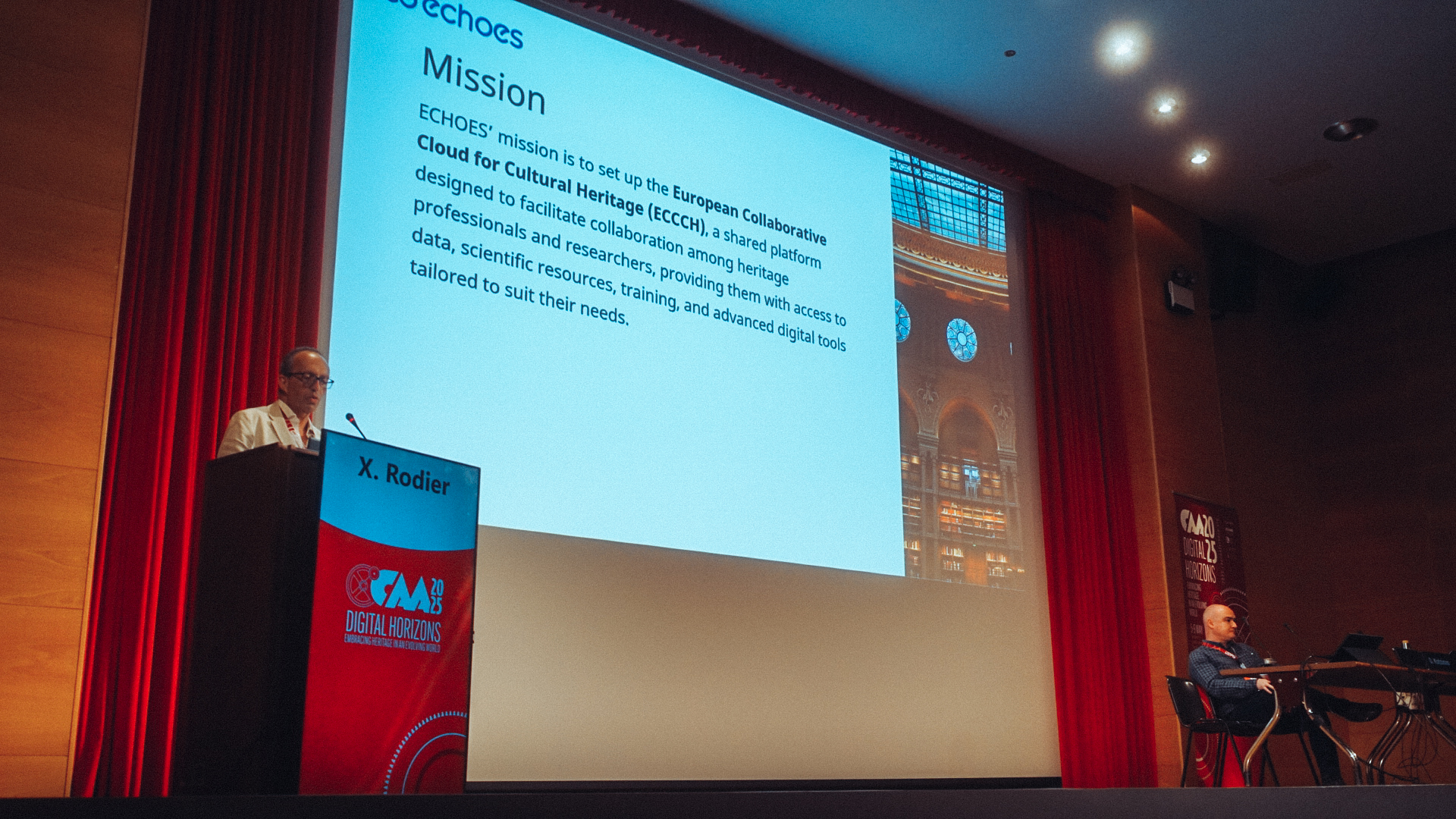
The ECHOES Workshop, Opportunities and Tools from the Cultural Heritage Cloud for Digital Archaeology, held on Monday 5th May at CAA 2025 in Athens provided a packed programme for the attendees. Xavier Rodier, the Project Co-ordinator (CNRS), kicked off the first session, Welcome to the Cloud, with an introductory presentation: ECHOES: European Cloud for Heritage OpEn Science. He was followed by Dimitris Kotzinos who talked about the concepts and technical aspects of the European Cultural Content Cloud for Heritage (ECCCH) at a high level in Sketching the future Cloud infrastructure which was easy to understand by the audience. The final presentation, Governance and Sustainability for the Cultural Heritage Cloud, in the first session was about the long term viability and governance by Léna Czech, the ECHOES Legal Officer, who emphasised the need for partnerships, from regional to international and between public and private organisations.
The second session, How to get involved: building the Cloud community, consisted of five presentations starting with Isabelle Pallot-Frossard, Rémi Petitcol and Charlotte Gallini who talked about the ECHOES approach to integrating communities from across the cultural heritage sector involving a network of umbrella organisations and research infrastructures. This presentation also included the preliminary results of the Consultation which aims to build an overview of the current working environment and user requirements from the Cloud. The Consultation survey closes on the 30th June so there is still time to participate. Agiatis Bernadou followed with ECHOES Cascading Grants Call 1 – Data which described the application requirements and the next steps.
Next on the agenda was an interactive session: Collaborative Research Scenarios with and from the archaeological community. This hour long session was designed to elicit what sort of workflows were used by archaeologists, the first scenario focusing on 3D, the tools employed and the data produced and how these could be integrated into the Cultural Heritage Cloud. The final session before lunch was the ECHOES collaborative tools and services by Marco Callieri which looked at the sort of services that the Cloud could provide, the different types of end users and also three examples of tools (Vertical Applications) currently being developed in ECHOES for use in the Cloud.
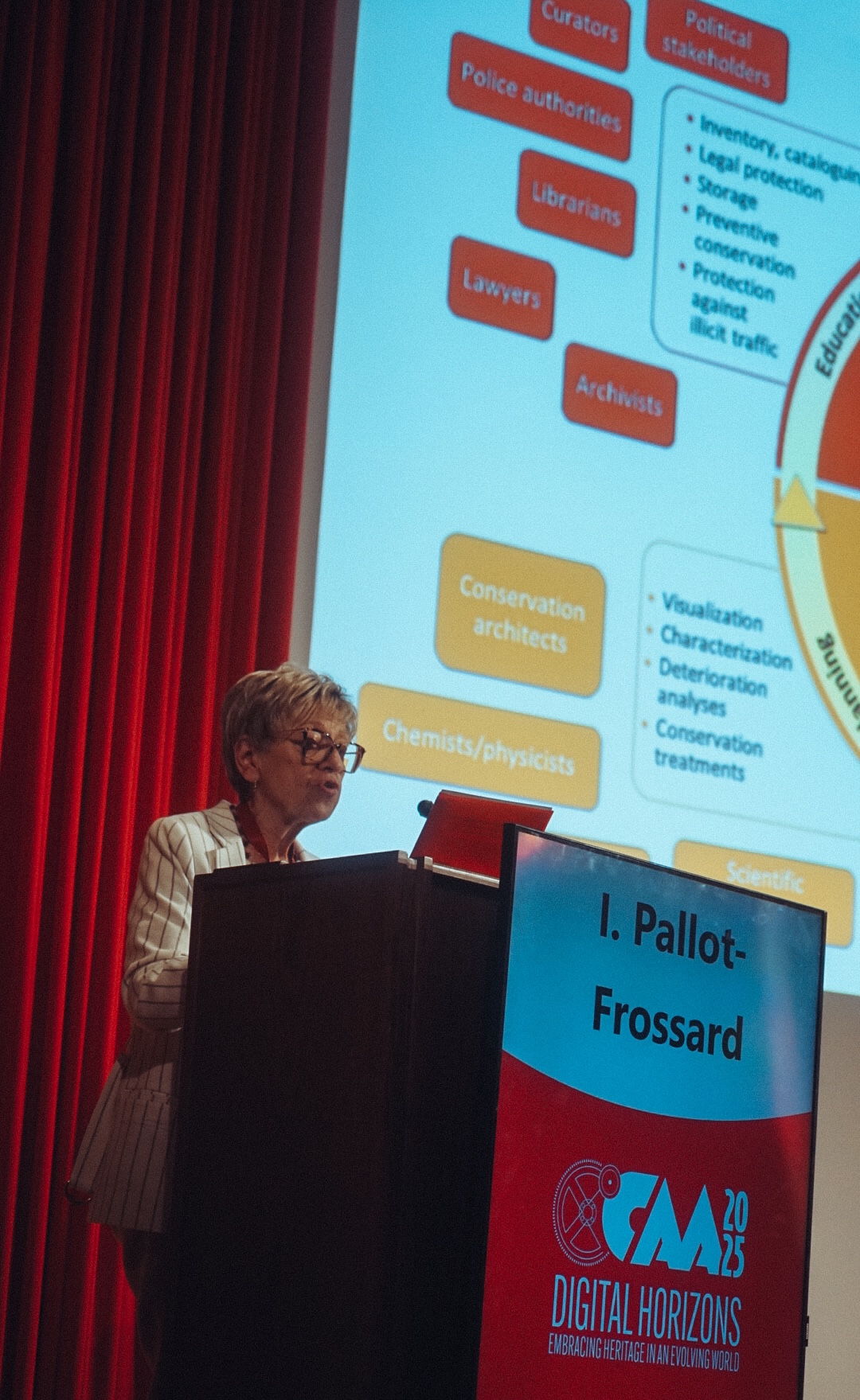
Isabelle Pallot-Frossard
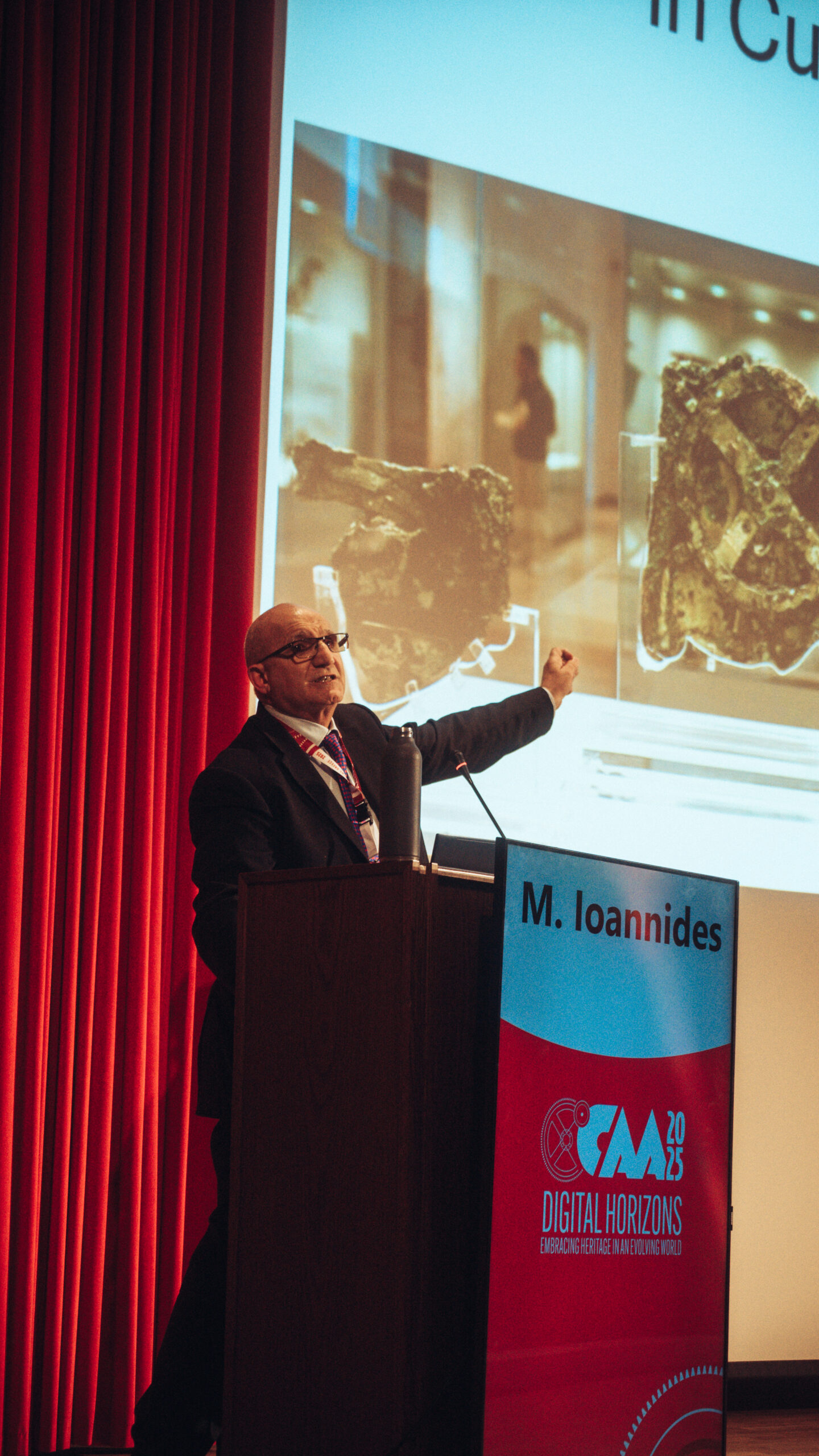
Marinos Ioannides from the HERITALISE Project
After lunch, the Workshop gave the floor to the three ‘sister’ projects which started earlier this year and which will each provide specific applications for ECHOES. The first of these was AUTOMATA who provided three presentations starting with In the Beginning by Gabriele Gattiglia about the aims and activities of the project. This was followed by User Case Scenarios where Nevio Dubbini described three examples of how robotic technology combined with AI could assist with preservation and conservation of artefacts. AUTOMATA concluded with The ECHOES of Distant Data. Willowing Across ECCCH by Gabriele Gattiglia which focused upon data and the use of AI for analysis and interpretation.
The second project was HERITALISE which is focusing on advanced 2D and 3D data acquisition with AI for post processing and the creation of tools. Their presentation was divided into four sections given by speakers Alan Miller, Marinos Ioannides, Alberto Mendikute and Petros Siegkos which covered the project objectives and the four demonstration sites, the challenges faced by researchers with 3D and digitisation, data acquisition services and AI-supported data processing and last, four services that will be produced by the project.
The final project was TEXTaiLES given by George Ioannakis. Textile digitisation tools & methods for cultural heritage provided an overview of the project, the challenges concerning research into textiles. Three solutions are proposed: 1) to build a standardised protocol for digitisation of textiles based on past experience, 2) develop standards for the tools and methods used in the digitisation process and 3) promote use through the ECCCH and by training researchers. The workshop concluded with a final discussion about the three projects.



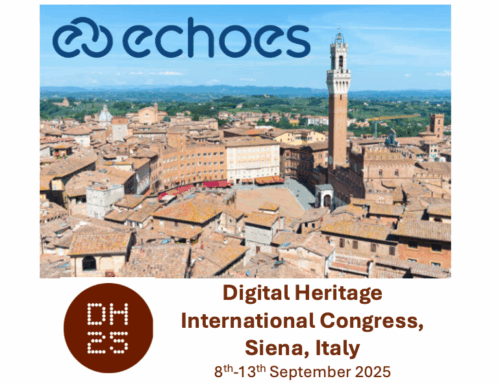
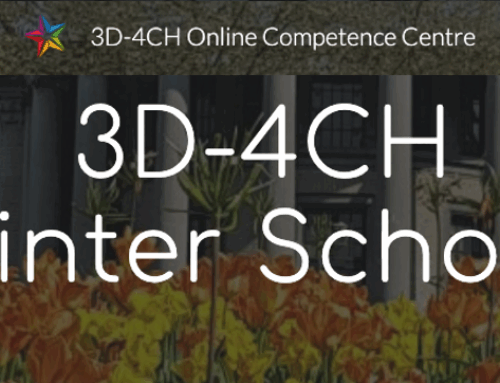



![UKRI_Horizontal_RGB[W] UKRI logo with white font](https://www.echoes-eccch.eu/wp-content/uploads/2024/06/UKRI_Horizontal_RGBW-e1721298347860.png)
